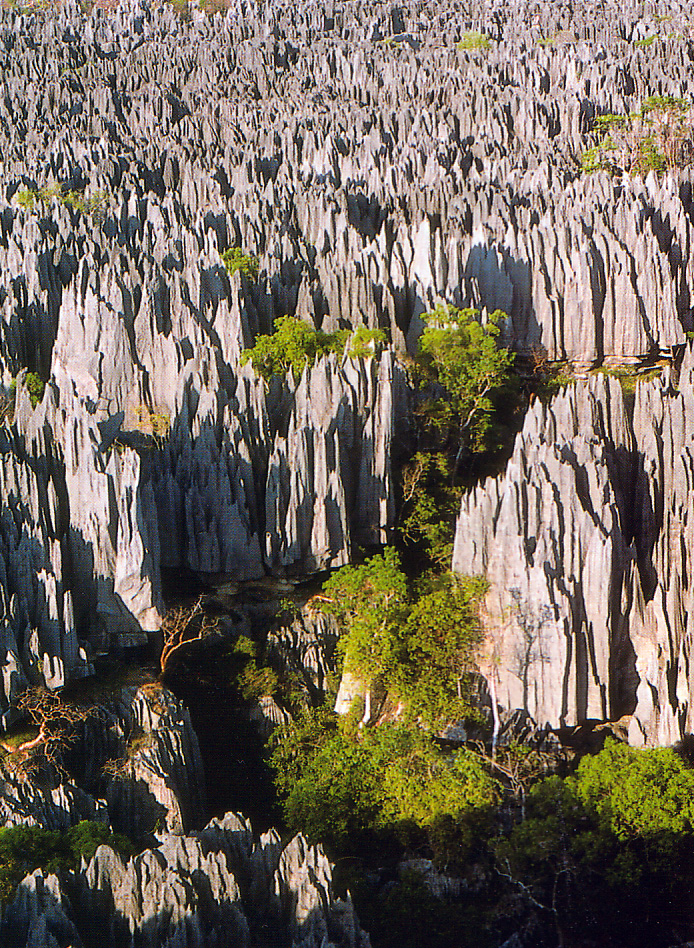All photos by Philippe Letellier.
Before we left Reunion for South Korea we wanted to take a trip to Roche Plate, which is a small village in the river-bed of the Rivière des Remparts, only accessible by foot or by 4-wheel drive vehicule. Roche plate literally means 'flat stone', and it is situated at just over 700m altitude.
As I'd already been there on foot, and as I own a Suzuki Jimny (soon to be sold before we leave) we chose the easy option!
 |
| my Jimny |
 |
| looking up the Remparts river valley |
Remparts is a French word which literally means 'ramparts', but in this context means the cliff walls on either side of the river valley.
 |
| rempart |
 |
| view to the side when travelling upriver |
The 'road' is a 13-km long dirt track
and crossing other vehicles can sometimes be difficult as although the river bed is wide, the actual track you can drive on is quite narrow, but we got there safely in the end.
 |
| don't attempt this drive if there's been heavy rain |
We stayed in the gîte (lodging) in the tiny hamlet of Roche Plate. This sort of hamlet is known on Reunion as an îlet.
 |
| Roche Plate gîte |
 |
| the gîte's electricity comes from solar panels |
The îlet used to be a larger village, but in 1965 an enormous landslide nearby led to it being evacuated, and most people have never moved back.
The next day we walked a short distance up the river. (If you carry on uphill for 17 kilometres you come to a place called Nez de Boeuf at 2000 metres altitude, from where you can walk or drive to the Piton de la Fournaise volcano).
 |
| path heading uphill alongside the river |
Many filaos or casuarina trees grow in this area. They have quite distinctive red roots which you can see in the photos below.
By the way, don't confuse this Roche Plate with the other village of Roche Plate which is located in the cirque (volcanic caldera) of Mafate.







































